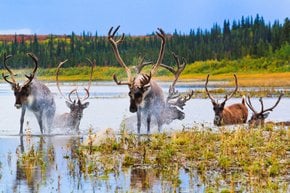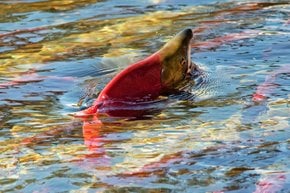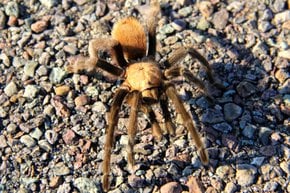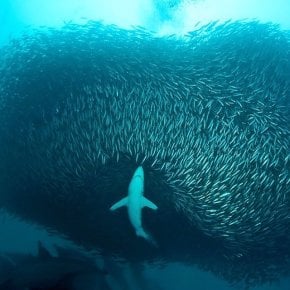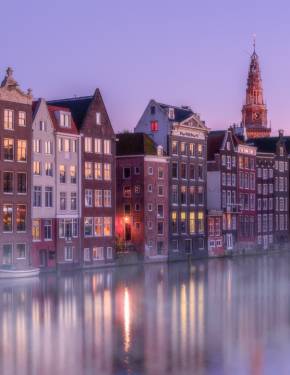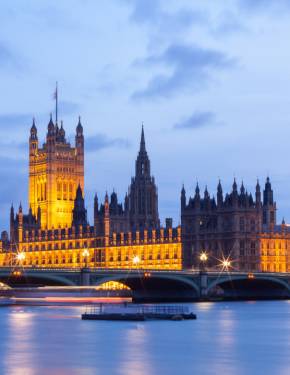Birdwatching in Belgium 2025-2026
In winter, parts of Belgium serve as a shelter for flocks of migratory birds
Best time: October–April
Belgium may not be the first place birdwatchers would think of visiting, but the coastal area along the North Sea and the highlands are worth the trip.
The largest concentration of waterbirds along the North Sea shore can be seen in mid-autumn and mid-spring, so generally, the wintering stretches between October and April. Around 30,000 Pink-footed Geese and 30,000 Greater White-fronted Geese spend the winter in the north of Belgium. Pink-footed Geese breed mainly in Greenland, Iceland, and Svalbard, but winters there are too cold and the geese fly to warmer, southern areas. Even though the temperature in Belgium would never be considered "hot", it is warm enough for birds from the north to survive the winter.
The easiest way to spot these flocks is to visit the polders of Damme and Uitkerke (a part of the coastal city of Blankenberge). You will also have the opportunity to see Red-breasted and Lesser White-fronted Geese there. Aside from geese, the coastal area provides shelter to Hen Harriers, Short-eared Owls, and regular Merlin.
The polders are not the only spot to watch these migratory birds. The other places to keep in mind are the harbours of Zeebrugge and Nieuwpoort by the North Sea, and the Zwin Nature Park, on the Belgian-Dutch border. The latter attracts thousands of birds that stop to have rest and find food in the estuaries and along the coastline of the park. You would see the Little Egret, Redshank, Curlew, Cormorant, Stork, Spoonbill, and plenty of other species there.
Not all the migratory birds make pit stops by the coast. Common Cranes might be observed in Hautes Fagnes, an upland area in the province of Liege, between the Ardennes and the Eifel highlands.












